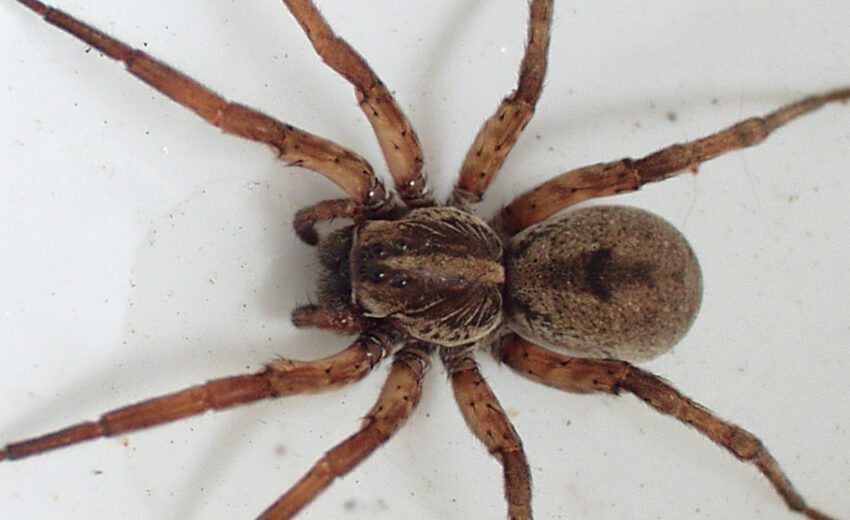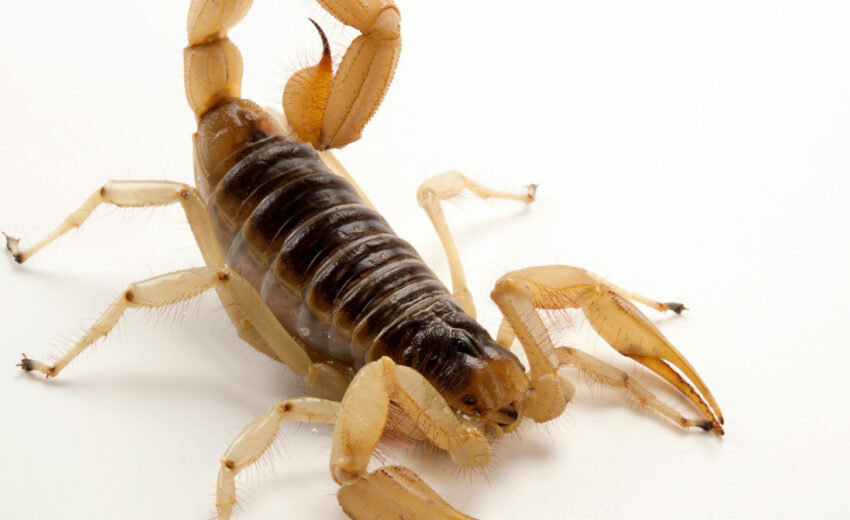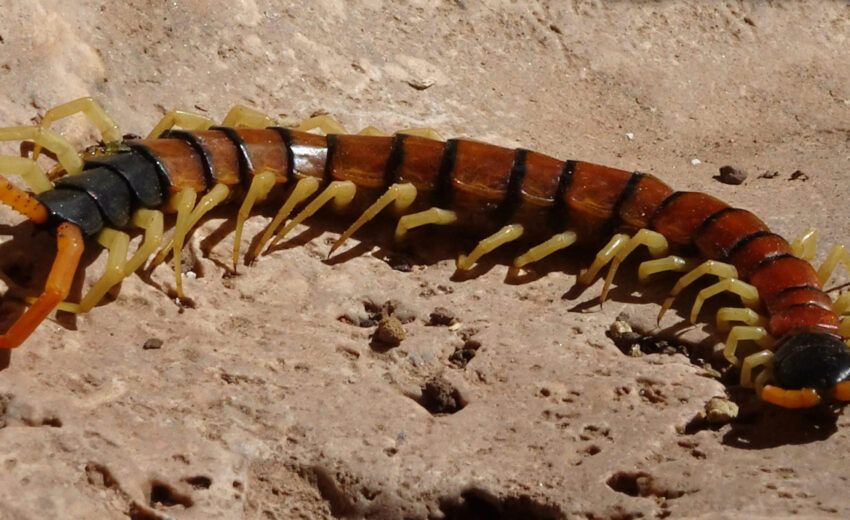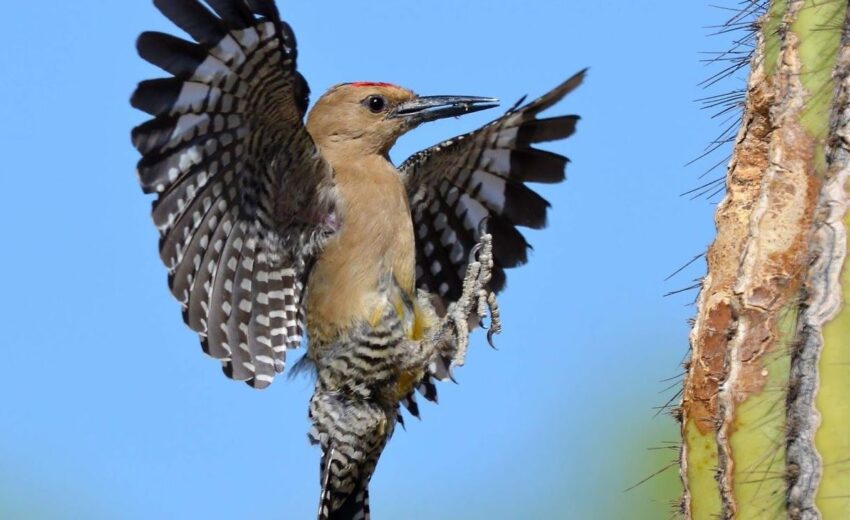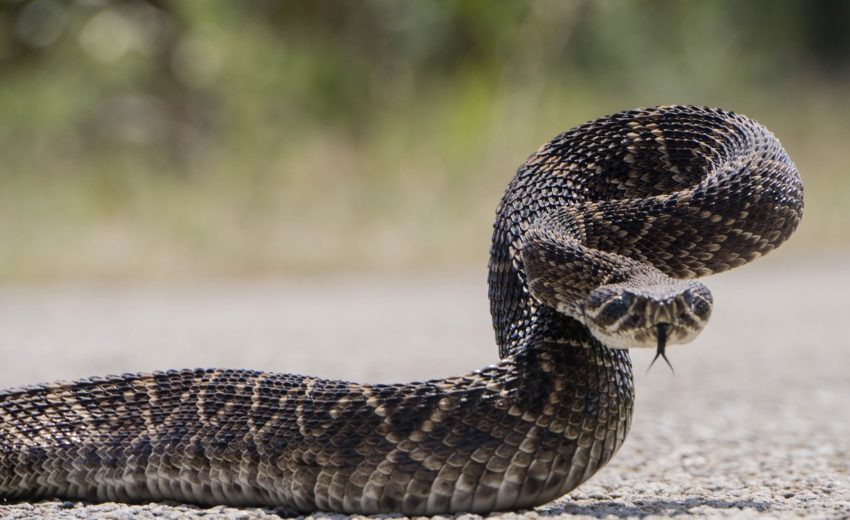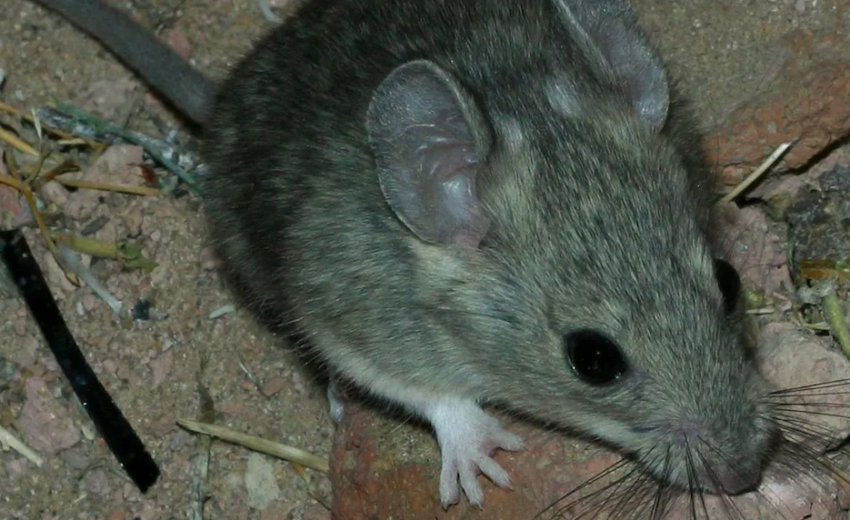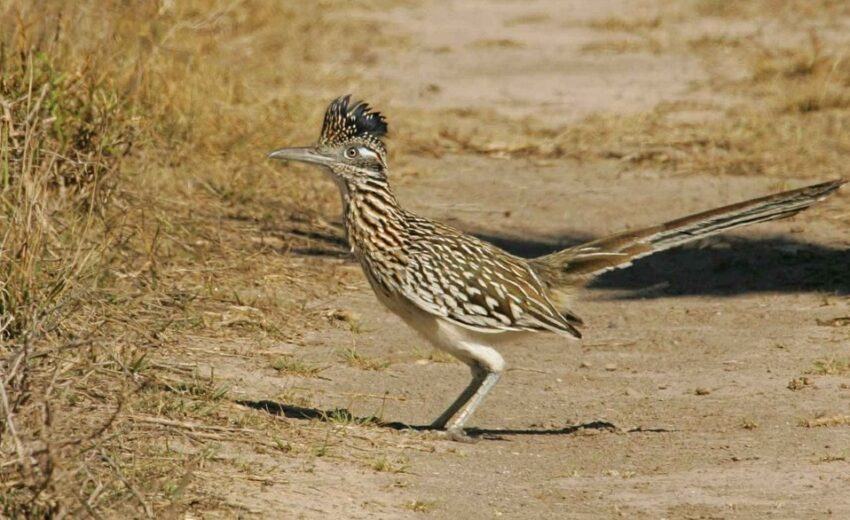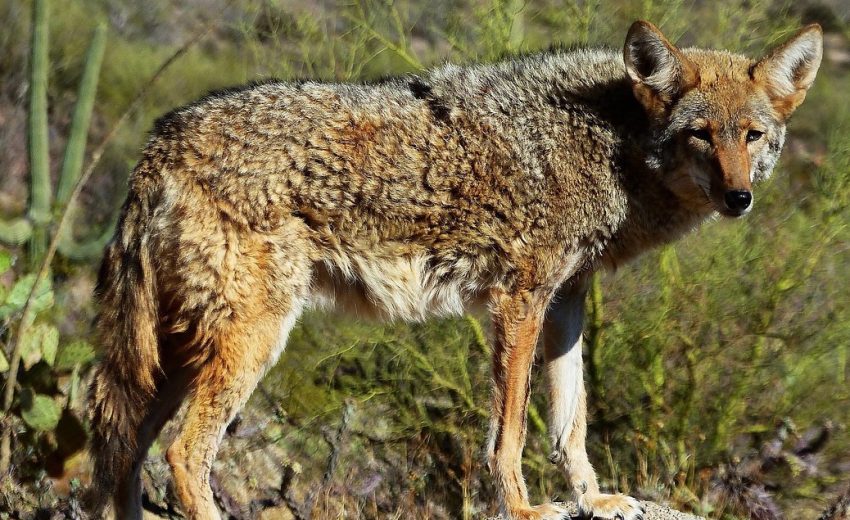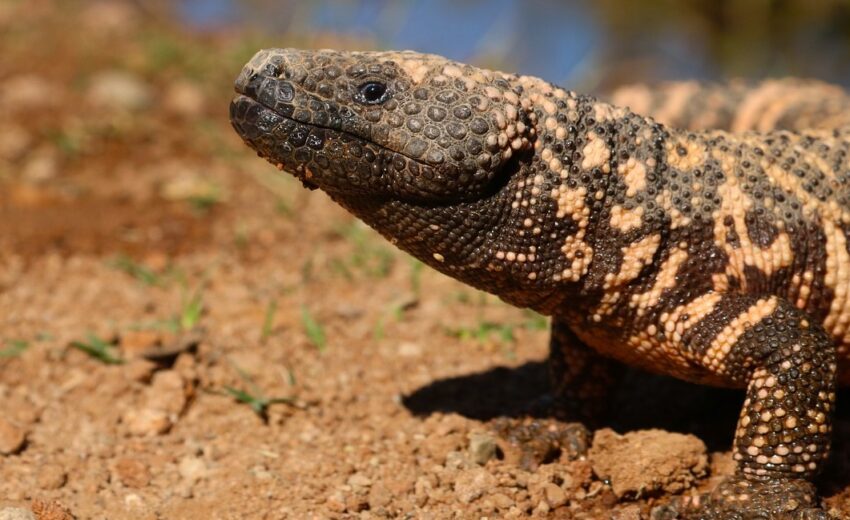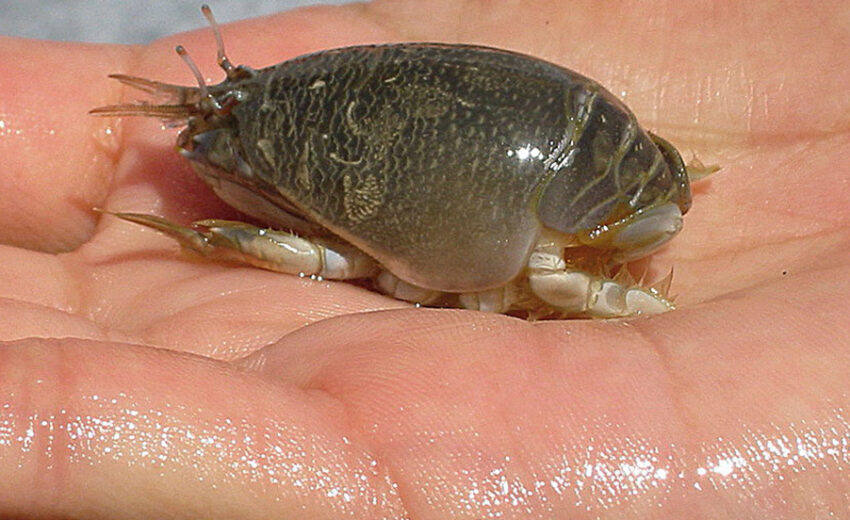The wolf spider gets its name from the fact that they actually chase down their prey like a wolf. However they don’t hunt in packs. These decent sized arachnids can fit nicely in
- Zoology
- Daily Critter Facts
- For Teachers
- Study Guides
- Diseases & Parasites
- Contact


